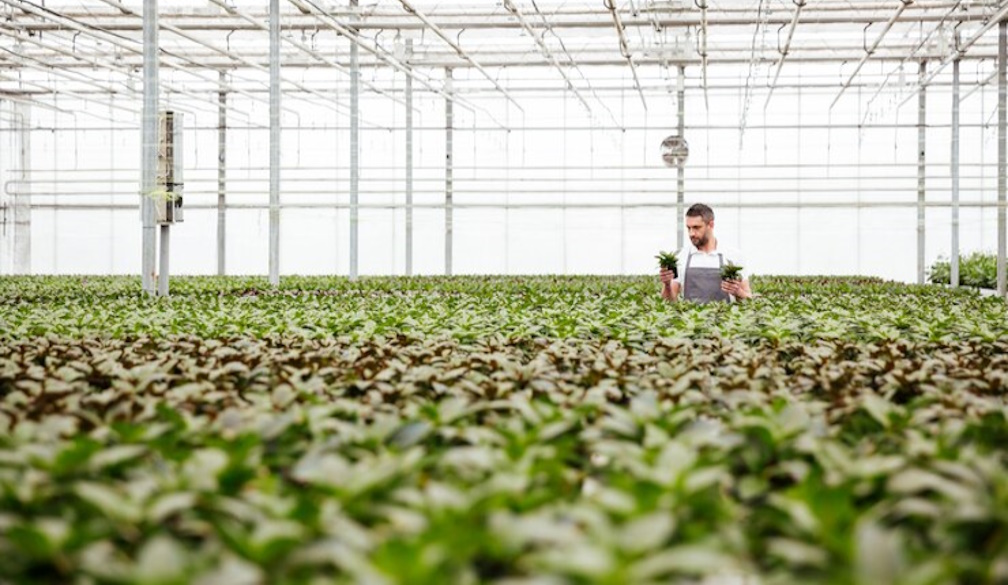Your Guide to Getting Your Commercial Greenhouse Business Off the Ground

Starting a commercial greenhouse business can be a rewarding yet challenging endeavor. Whether you are doing it for the love of plants or as a lucrative business opportunity, there are many factors to consider to ensure success. This guide aims to provide you with the essential steps and tips to get your commercial greenhouse business off the ground.
What are the Initial Steps to Start a Commercial Greenhouse Business?
The first step in starting a commercial greenhouse business is conducting comprehensive market research to understand the industry trends, demand for specific plants, and competition. Farmland sales remained steady through 2022 and remained stable through 2023, making it essential to consider location suitability. Securing funding is also a vital step; this can be achieved through loans, grants, or personal investment, ensuring that you have a viable financial foundation.
Once your financials are in order, the next step is to create a detailed business plan that outlines your goals, strategies, and operational plans. Your business plan should also include a thorough analysis of potential risks and how you plan to mitigate them. Additionally, choosing a legal structure for your business, such as a sole proprietorship, partnership, or corporation, is crucial for managing liabilities and taxes.
Lastly, you will need to acquire the necessary licenses and permits to operate your commercial greenhouse business legally. This includes zoning permits, environmental regulations, and plant nursery licenses. Ensuring compliance with local, state, and federal laws will prevent legal issues and set a strong foundation for your business.
How Do You Choose Suitable Plants for Your Greenhouse?
Choosing suitable plants for your greenhouse involves understanding the market demand and the specific growing conditions required for each type of plant. Conducting surveys or researching consumer preferences can help you determine which plants are in high demand. Consider factors such as growth rate, profitability, and the resources needed to grow these plants.
It's also important to select plants that are well-suited to your region's climate to minimize energy costs and increase sustainability. Native plants or those that thrive in similar conditions to your location will require less intervention and resources. Additionally, diversifying your plant selection can attract a broader customer base and reduce the risk of crop failure.
Attending industry trade shows and networking with other greenhouse operators can provide valuable insights into trending plants and growing techniques. This can help you stay ahead of market trends and adapt your plant selection accordingly. Remember, the right plant selection can significantly impact your greenhouse business's profitability and success.
What Are the Key Factors in Managing a Greenhouse Environment?
Effective management of the greenhouse environment is crucial for the health and productivity of your plants. Temperature control is a vital aspect, as plants require specific temperature ranges for optimal growth. Installing heating systems for cold seasons and ventilation systems for warm seasons can help maintain the ideal temperature range.
Humidity levels also play a significant role in plant health, affecting everything from growth rates to pest control. All Garden Grid™ watering systems are primarily made of Linear Low Density Polyethylene tubing and ABS plastic fittings, which can help with precise water delivery and maintaining appropriate humidity levels. Regular monitoring and adjustments of humidity can prevent issues like mold and mildew, which can be detrimental to plant health.
Lighting is another critical factor, as plants need sufficient light for photosynthesis. Depending on your plant selection, you may need supplemental lighting to ensure your plants receive the necessary amount of light. Investing in energy-efficient lighting solutions can reduce operational costs while promoting healthy plant growth.
How Can You Market Your Greenhouse Products Effectively?
Effective marketing is essential for the success of your commercial greenhouse business. Start by identifying your target market and tailoring your marketing strategies to meet their needs and preferences. Utilize local farmers' markets, gardening clubs, and community events to promote your products and build a loyal customer base.
Creating a professional online presence through a website and social media platforms is also crucial. This enables you to reach a wider audience and provide information about your products, growing techniques, and business values. Implementing an e-commerce platform can facilitate online sales and make it easier for customers to purchase your products.
Collaborating with local businesses such as florists, garden centers, and restaurants can also help expand your market reach. Offering wholesale options to these businesses can provide a steady revenue stream and increase brand visibility. Remember, effective marketing is about building relationships and trust with your customers, which will drive long-term success.
What Are the Common Challenges and How to Overcome Them?
One of the common challenges in running a commercial greenhouse business is managing pests and diseases. Regular monitoring and implementing integrated pest management practices can prevent infestations and reduce reliance on chemical pesticides. Organic and biological control methods can also be effective in maintaining plant health.
Weather-related challenges such as extreme temperatures, storms, and droughts can also impact your greenhouse operations. Investing in robust greenhouse structures and climate control systems can help mitigate these risks. Additionally, having an emergency plan in place can ensure a quick response to unforeseen events and minimize potential damage.
Labor management is another significant challenge, as greenhouse operations require skilled and dedicated workers. Providing proper training and creating a positive work environment can enhance employee productivity and retention. A commercial greenhouse typically offers 200,000 square feet of space, which may necessitate a streamlined workflow to ensure efficiency and optimize labor resources.
Starting a commercial greenhouse business involves thorough planning and execution. While challenges are inevitable, with the right strategies and determination, you can overcome them and watch your commercial greenhouse business flourish.







